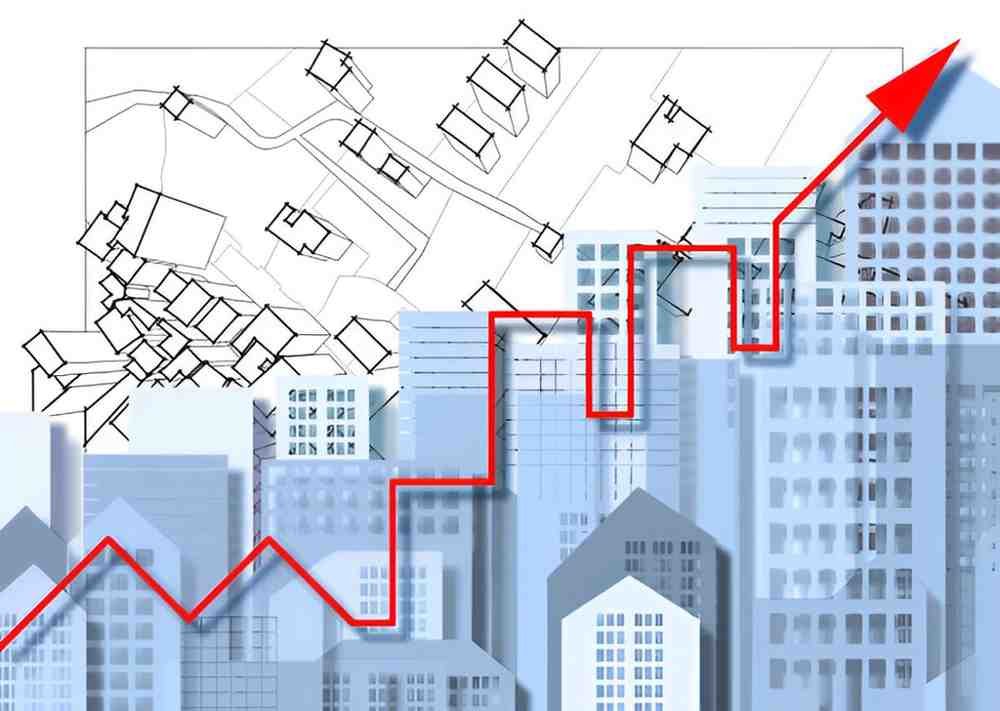In this detailed article, I delve into the complexities and strategies of selling contaminated commercial real estate, offering practical insights and critical viewpoints on navigating this challenging process.
Table of Contents
Understanding Contaminated Commercial Real Estate
What Constitutes Contamination in Commercial Properties?
Contaminated commercial real estate typically involves pollutants or hazardous substances that pose risks to human health or the environment. These contaminants can originate from various sources, such as industrial activities, chemical spills, or improper waste disposal.
Legal and Environmental Considerations
Selling contaminated property requires compliance with stringent environmental regulations and laws. As an owner or seller, I must transparently disclose any known contamination issues to potential buyers. Understanding the legal implications and responsibilities is crucial to avoid legal disputes and liabilities.
Steps to Selling Contaminated Commercial Real Estate
1. Environmental Assessment and Remediation
Before listing the property, conducting a comprehensive environmental assessment is essential. This assessment identifies the nature and extent of contamination, guiding remediation efforts to mitigate risks. Engaging qualified environmental consultants ensures adherence to regulatory standards and enhances property value perception.
2. Disclosure and Documentation
Transparent disclosure of contamination history and remediation efforts is paramount during sales. I must provide detailed documentation, including environmental reports, remediation plans, and compliance certificates, to inform buyers adequately and build trust.
3. Pricing Strategy and Market Positioning
Determining an appropriate asking price for a contaminated property requires careful consideration of market conditions, property condition post-remediation, and potential buyer perceptions. Collaborating with experienced real estate agents or appraisers helps devise a competitive pricing strategy aligned with market realities.
4. Targeted Marketing and Buyer Outreach
Effectively marketing contaminated real estate involves targeting specialized buyer segments, such as environmental remediation firms, developers specializing in brownfield redevelopment, or investors seeking value-add opportunities. Utilizing digital platforms, industry networks, and targeted advertising enhances property visibility among relevant stakeholders.
Challenges and Mitigation Strategies
Regulatory Compliance and Liability Management
Navigating regulatory complexities and potential liability exposures demands meticulous planning and expert guidance. Engaging legal advisors and environmental attorneys facilitates compliance with evolving ecological laws and minimizes legal risks throughout sales.
Perception and Buyer Confidence
Overcoming the stigma associated with contamination requires transparent communication and proactive engagement with prospective buyers. Highlighting remediation efforts, showcasing regulatory compliance, and emphasizing long-term investment potential can bolster buyer confidence and mitigate perceived risks.
Strategic Insights and Future Outlook
Sustainable Development and Redevelopment Opportunities
Transforming contaminated properties into sustainable developments presents lucrative opportunities for environmentally conscious investors and developers. Embracing innovative remediation technologies and sustainable design principles enhances property attractiveness and supports community revitalization efforts.
Continuous Learning and Adaptation
As the landscape of environmental regulation evolves, staying informed about emerging trends and best practices is essential. Continued professional development and collaboration with industry experts enable proactive adaptation to regulatory changes and market dynamics.
Conclusion: Navigating the Sale of Contaminated Commercial Real Estate
In conclusion, selling contaminated commercial real estate demands a systematic approach that prioritizes environmental stewardship, regulatory compliance, and stakeholder engagement. By embracing transparency, leveraging remediation expertise, and adopting strategic marketing tactics, I can effectively navigate the complexities of selling contaminated properties while maximizing value and minimizing risks.
Through this comprehensive guide, I’ve provided actionable insights and critical perspectives to empower sellers in managing and successfully executing the sale of contaminated commercial real estate. Understanding these facets equips sellers with the knowledge and confidence needed to navigate this specialized real estate market segment effectively.





